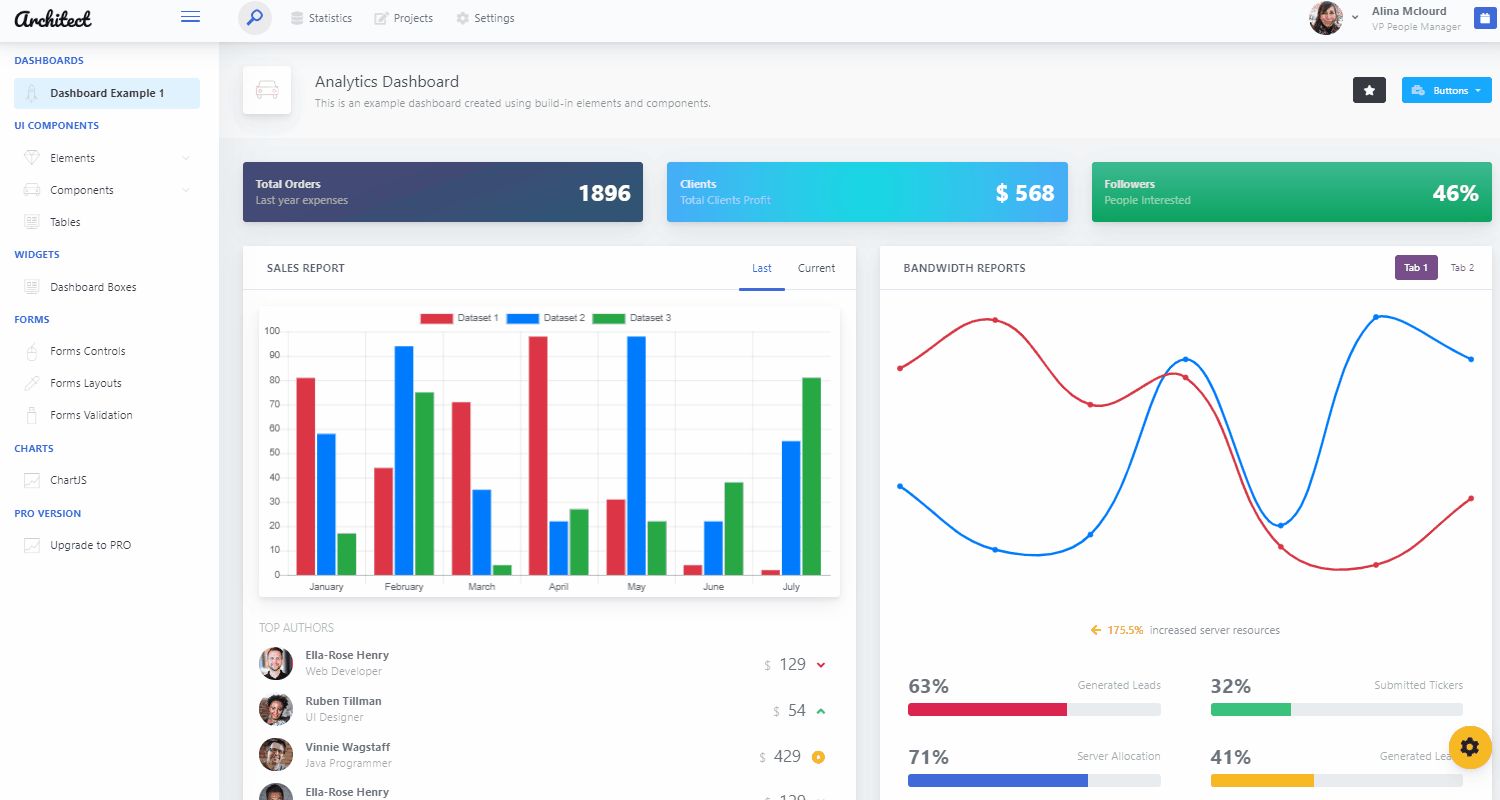

Now that we’ve set up GitHub Pages, we’ll go over everything you need to know to get started with Jekyll. Disclaimer: I’m not sure how these work with Jekyll, so you’re on your own if you take that route. If you want to use any starter themes, GitHub goes over those in its documentation for GitHub Pages. That’s literally all you have to do to get started with GitHub Pages! As with other repos you own, you’ll want to clone it locally and set up your origin remote. It needs to be your GitHub username followed by. To get started, visit, sign in, and click the green New button to create a new repo:Įnter the name of your repository. GitHub even lets you configure your own custom domain if you have one. Each user can only create one site whose domain is. You can create as many GitHub Pages sites as you want. If you’ve already set up your GitHub Pages repo, feel free to skip this section.
#Github pages theme how to#
The best part? GitHub Pages supports ( and even recommends) Jekyll out of the box, meaning you can set up a Jekyll project right now, push the source code to a GitHub repository, and view the live website! How to Set Up GitHub Pages And since GitHub accounts are practically free real estate, there’s really never been a better time to make your very own website or blog.

GitHub Pages, on the other hand, is a free hosting service for static sites that’s offered by GitHub to all of its users. It takes care of these things for you so you can focus on doing what you love the most: writing (or, in my case, writing and dev)! In plain English, Jekyll makes it easy for you to create a website-and, more commonly, a blog-with plain old HTML and Markdown, without having to worry about things like how to add tags to posts or make certain static data accessible on all of your pages. That’s just a fancy way of saying that it takes a bunch of HTML, Markdown, CSS, and JavaScript source files, combines them as needed based on layout files that you’ve specified, processes any template code that you’ve written, and spits out a build directory (e.g., _site/) that basically houses all of your website’s content, ready for hosting on a web server (like GitHub Pages!). GitHub Pages Support for Jekyll Plugins.
#Github pages theme verification#
Is It Safe to Upload the Google Search Console Verification File?.Creating Reusable Components with Includes.Using Jekyll Layout Files to Structure Pages.You Don’t Need an Explicit Date Variable.


 0 kommentar(er)
0 kommentar(er)
